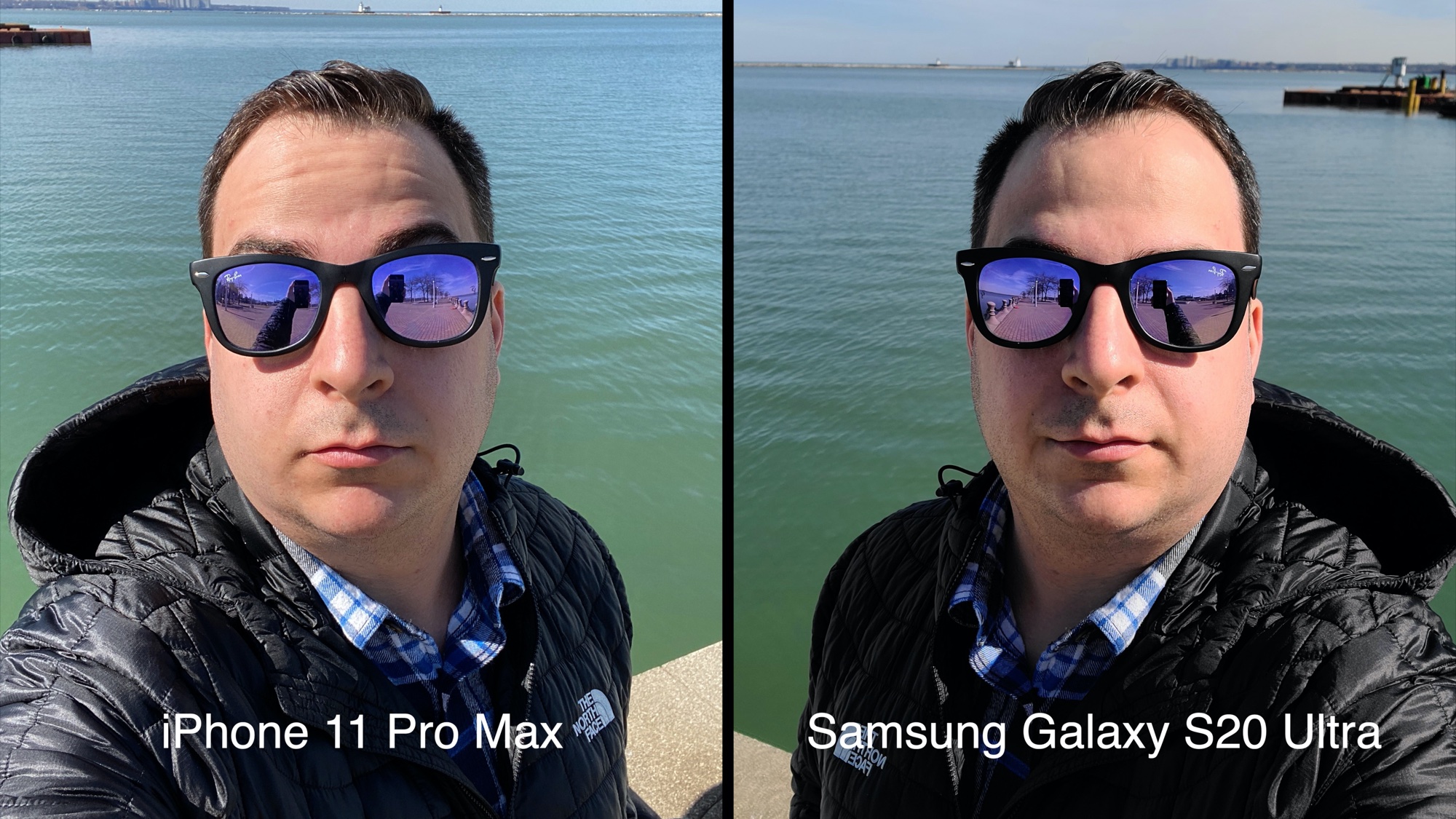As you say that these phones that your company sources are not in the same league as an iPhone or Samsung and you have chosen to use an iPhone, it would be interesting (at least to me) to hear your summary of the pros and cons of the Chinese phone.
I am happy to share my experience thus far. I started out extremely skeptical and am now at a moderately accepting state. We utilize these phones for the low-income segment of the US market that can’t afford more expensive (popular) smartphones. When I first heard my company could purchase so-called decent 5” Android smartphones in the $40-$50 range that support LTE, I thought it was a joke. Heck just one of the core components of an iPhone or Samsung phone cost more than that.
When I saw the phones and supporting purchase orders I said, OK so you can purchase LTE, 5” Android smartphones for that low price, but they will probably break in a week. That was about five months ago, and so-far we have roughly 5,000 devices in the field. Returns for these phones are basically in line with other phones, so I guess I was wrong. But I remain a bit skeptical until we get larger numbers in the field and have at least 10-12 months of usage.
These phones don’t have the water resistance you find with the new iPhones or Samsung phones and the cameras are not in the same league, they are more like the cameras on the iPhone 4 / 5 which I will admit were not horrible, but I think many consumers expect current camera technology. The 8GB of storage is inadequate for most users, but with the micro SD slot, consumers can add more storage for a small amount of money. The CPU performance is a little sluggish (I would not like it because I’m a bit spoiled with my iPhone), but I have to keep reminding myself, this is still an LTE, 5” smartphone under $50.
These phones only operate on T-Mobile or AT&T (GSM / LTE), the model on Verizon (CDMA / LTE) costs about $25 more because Verizon is such a “closed” company. If Verizon doesn’t “preauthorize” the phone (doesn’t matter if your phone supports LTE on their bands), they will not allow the device to operate on their network. I forgot to mention, the phones we source also support dual SIMs.
Overall, I admit I am impressed with the fact that a company can produce a not-too-bad smartphone for well under $100 (under $50 is our wholesale price). It makes me pause when I think about the massive profit being made on iPhones, Samsung, the inefficiencies (gross waste) that probably exist at Apple and Samsung, and the fact that consumers are willing to pay a massive amount of money for a smartphone.
I will admit, however, I will stick with the iPhone because I love IOS, but I would say this, these low-cost phones make great “disposable” devices (good for kids who loose and break almost everything). Also, if I had a company that provided phones for its employees working in a harsher environment, maybe construction where equipment gets roughed up, these low-cost Android phones are a good alternative.


